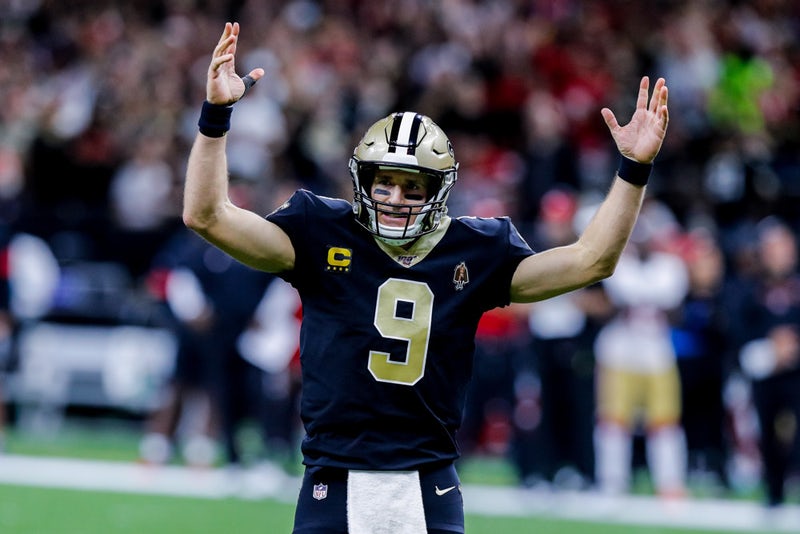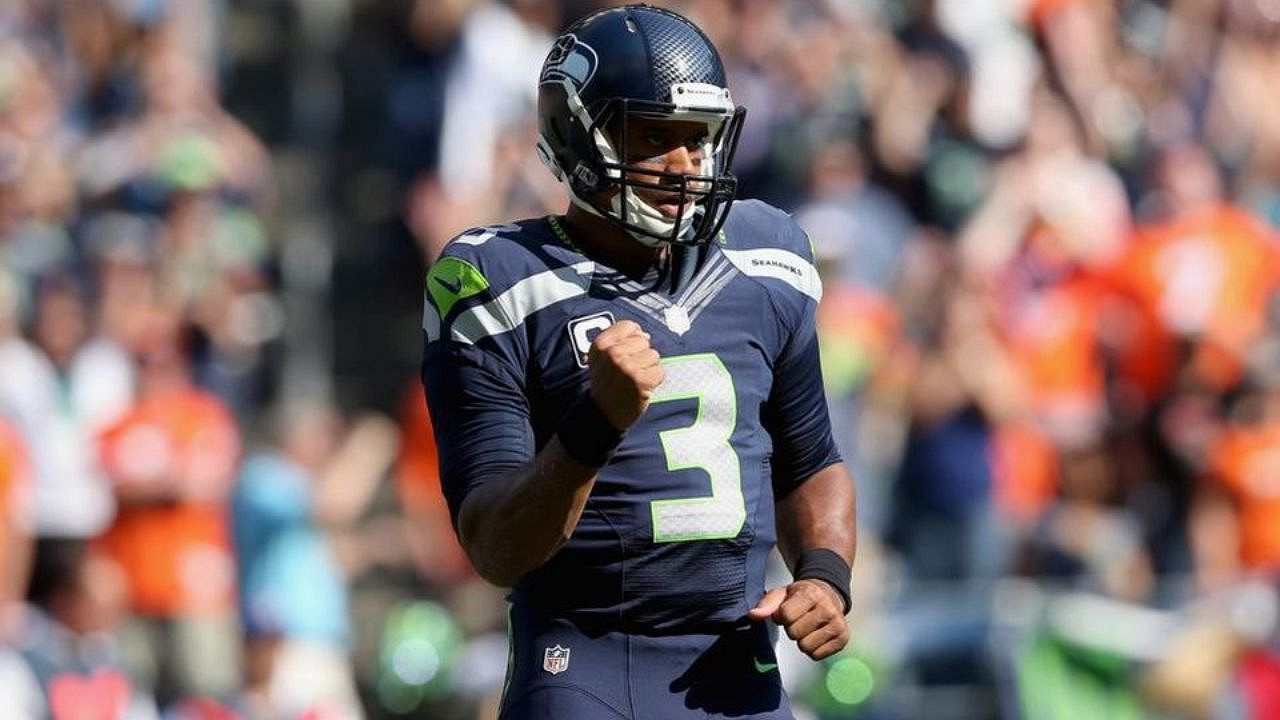
This is a murky topic without clear answers. Additionally, many short passes are 'check-downs' to a safety-valve receiver, typically a back, when the deeper routes are covered. There is a large bias in the results above, because the offenses that do throw deep often are likely to be the offenses that throw deep well. The problem is that not all teams have that option, either due to pass protection or receiver abilities. Obviously, given the choice between a deep and short pass, teams would prefer deeper passes.

The deep pass is probably an underused tactic by current NFL offenses, but this does not mean that every team should immediately start heaving the ball down the field. So even if every single sack were due to a play drawn up with a deep route as the primary target and we count it against the deep category, the deep attempt still comes out as a net positive. There were also 1,464 sacks (including sack-fumbles) costing a total of -1,985 EPA. In the data sample (normal situations from 2006 through 2009), there were 4,609 deep attempts worth a total of +2,084 EPA. We can't directly measure the increased risks of deep attempts due to sacks, but we can attack the question from a different direction. Unfortunately, there is no way to tell whether a play that resulted in a sack was drawn up as a deep pass play or not. It's the additional risk of a sack that makes the comparison tricky. Deep attempts certainly are riskier, but the risk of interception is already baked into the respective EPA values of deep and short attempts. Deep attempts are intercepted 6.4% of the time, compared to only 1.8% for short attempts. Deeper pass attempts naturally require more time to develop, so the pass protection must last longer.ĭeeper pass attempts have a higher risk of interception. The pass protection held up long enough to allow a throw, and a receiver and a passing lane was judged to be open. First, any pass attempt means that several things have already gone well. It's important to note some serious limitations of a direct comparison between deep and short passes. Short passes in the sample are successful on 47% of attempts, and long passes are successful on 43% of attempts. However, short pass attempts are more likely to be 'successful,' defined as more likely to result in a positive EPA.

(It's difficult to throw a deep pass inside the 15.)ĭeep pass attempts average +0.45 EPA, and short pass attempts average -0.01 EPA. Let's compare the value of short and deep pass attempts, limited to normal situations (1st and 3rd quarters, the score within 10 points) and outside the 15-yard line. Which type of pass is more responsible for that advantage, risky deep passes or safer short passes? In normal football situations, in which the clock is not yet a factor and the score is relatively close, pass plays, including sacks, yield an average of +0.08 Expected Points Added (EPA), while run plays yield an average of +0.01 EPA. Still, it allows us to begin to pull apart different types of passes and examine them in one more layer of detail. Unfortunately, that's all we get, so we can't tell a screen from a 14-yard down-field pass attempt. About 19% of pass attempts are classified as deep.

But 'passing' is a large category, encompassing everything from a screen pass 2 yards behind the line of scrimmage to a 50 yard bomb.īeginning in 2006, the NFL classified every pass attempt as either 'short' or 'deep,' where deep means anything past 15 yards.

And we've learned that offenses should pass more often, particularly outside the red zone and on 1st down. We've learned that passing has become more and more lucrative over the years. ® SEAHAWKS, SEAHAWKS LOGO, SPIRIT OF 12, WE ARE 12, BRING ON THE 12, LEGION OF BOOM, 12 and 12S are trademarks of the Seattle Seahawks.Over the past couple years, we've learned that passing well is more important than running well in terms of winning games.


 0 kommentar(er)
0 kommentar(er)
